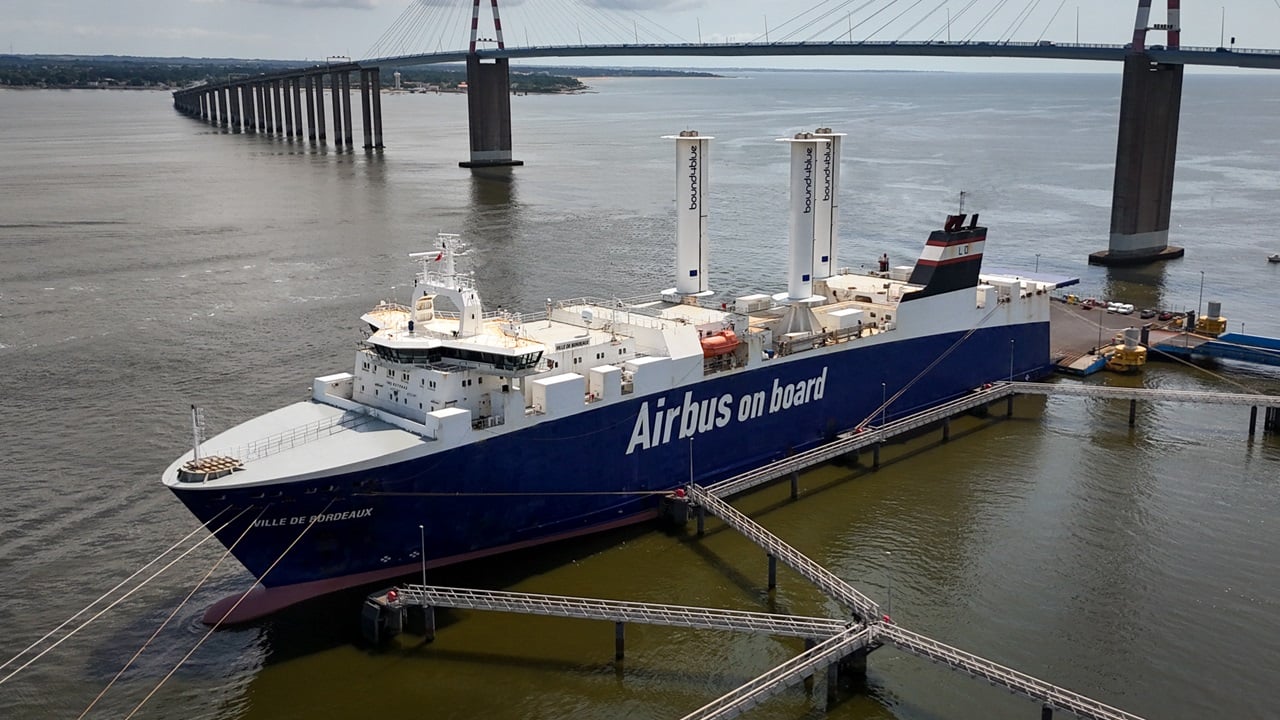Regulations and shipowner experience driving wind power adoption

Demand for wind-assisted propulsion is rising as systems prove effective and emissions regulations increase their commercial viability. More shipowners are now interested in these technologies for new vessels, not just older ones, demonstrating growing confidence in their benefits, according to Cristina Aleixendri, COO & Co-founder of bound4blue.
Earlier this year, bound4blue received its first newbuild order for its eSAILs technology, to be installed on a multipurpose cargo vessel set for delivery in 2026. This shift signifies a change in mindset among shipowners, who now view investing in long-term wind propulsion technology as less risky and more beneficial.
Regulations like the EU ETS and the upcoming FuelEU Maritime have heightened the commercial value of reducing carbon emissions. Aleixendri notes that previously advantageous routes for wind propulsion, like the North Atlantic, now see increased benefits when sailing in Europe due to these regulations. Wind propulsion is particularly attractive for ships operating frequently in EU waters, as it helps avoid compliance costs.
Xeneta Summit: Ocean Shipping Industry Must Invest And Build Partnerships To Reduce Carbon
As FuelEU Maritime regulations take effect in January 2025, wind propulsion will be uniquely credited for reducing the GHG intensity of onboard energy. Aleixendri highlights that regulatory support and extensive data from wind-assisted vessels have mitigated perceived risks. Long-term analysis and validated data, such as those from Amasus Shipping’s Eems Traveller, are crucial for demonstrating the impact of wind power on vessel performance. Bound4blue’s ongoing projects span various segments, including tankers, general cargo, and ro-ro vessels, illustrating the broad application and growing adoption of wind propulsion technology.
